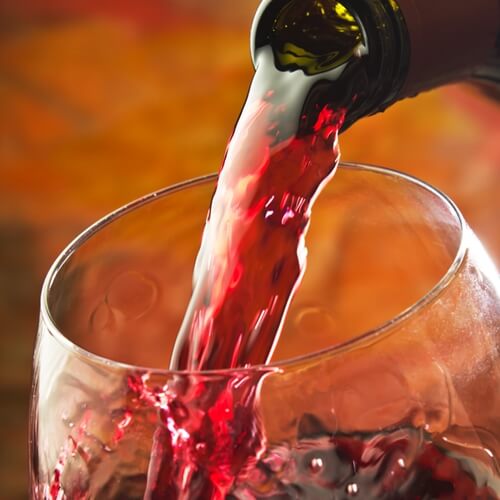Pantone color of the year: Marsala
On Dec. 4, 2014, worldwide color authority Pantone released its pick for color of the year 2015: Marsala. The company says the color is seductive, warm and rich and was a major player in the color wheel of many spring 2015 fashion shows. As a student taking pastry courses online you may have heard of Marsala in a different setting, as a type of fortified wine. Take a look at this delicious drink in honor of it’s new title as the color of the year:
What is it?
According to Wine Folly, true Marsala must come from Sicily. It tastes like vanilla, stewed apricot, tamarind and brown sugar and is great in caramelized sauces. The wine is often used in cooking but can be sipped if it is a fine, dry variety. Marsala has a one-of-a-kind taste, partly because it is made of of grapes that are indigenous to Sicily. It is also unique because the process of making it is very complicated because it is fortified with brandy or neutral grape spirit from local grapes. High end Marsala makers age the wine using soleras, a system of barrels stacked in rows according to age.
Types of Marsala
There are three colors of this wine: gold, amber and ruby. The kind of grape used to make the drink is what changes the color. Gold Marsala is dry and amber is semi sweet. These types of the wine are made with Grillo, Catarrato, Inzolia, Damaschino and Grecanico grapes. Ruby Marsala is sweet and made out of up to 30 percent white grapes, including Pignatello, Nero d’Avola, Frappato and Nerello Mascalese.
The wine is classified by the following age levels:
Aged 1 year – fine
Aged 2 years – superior
Aged 4 years – superior reserve
Aged 5 to 10 years – virgin or solera
Aged 10 or more years – virgin stravecchio or virgin reserve
Uses in cooking
Often dry Marsala is used to add nutty flavors to savory meals and to caramelize meats like turkey, veal and beef. Sweet, red Marsala is great for sauces in chicken or pork dishes or rich deserts like zabaglione. It’s a great addition to tiramisu, budinis and even cannolis. Try poaching figs, pears, or berries in a sauce of this wine for a delicious, sweet sauce.


